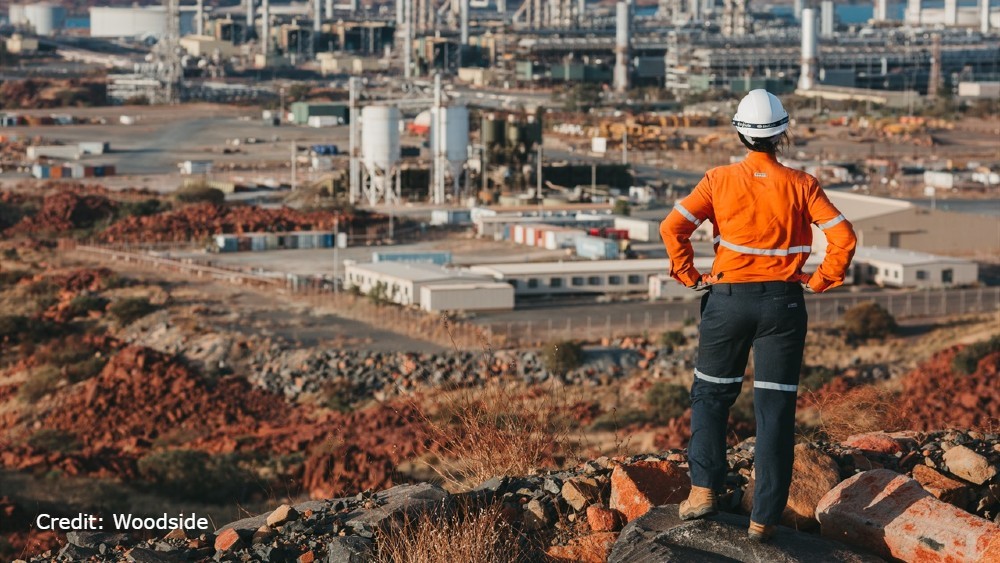Milestones that have shaped our oil and gas industry from the 1980s until now
Since AOG Energy launched in 1981, the industry has surged ahead – and there’s more prosperity to come.
At the start of the 1980s, with production in Australia’s southern waters waning, oil and gas stakeholders set their sights firmly on Western Australia.
Operators had been interested in the North West Shelf since the early 1960s, when Woodside, Chevron and Shell embarked on a hydrocarbon exploration joint venture there – but the reserves they discovered were initially deemed uneconomic. It wasn’t until 1979, in the wake of global crude-oil price increases, that an agreement to develop the area was ratified between the state government and five operators.
According to Peter Newman, Professor of Sustainability at Curtin University, that agreement succeeded in large part because the WA Government offered ‘take or pay’ terms to the operators, guaranteeing they would be paid for a minimum quantity of gas regardless of delivery. “There was a period where they were paying for more gas than they were actually consuming, but eventually the market caught up,” says Newman.
“You can look back on that and say it was a stroke of government genius that enabled Western Australia to become a global power in terms of the energy markets,” he continues. “It’s an achievement that I’m very happy to say was done well. And it’s something we should be proud of.”
In 1984, gas from the North West Shelf finally became available to West Australian consumers. A year later, construction of the Dampier to Bunbury Natural Gas Pipeline was completed, enabling North West Shelf gas to be transported almost 1,800kms within the state. By 1989, when LNG exports from the North West Shelf to Japan commenced, petroleum was widely tipped to become WA’s single largest primary resource.
The commencement in the mid 1990s of gas production from unconventional reservoirs in Queensland was a significant milestone for that state, and for the oil and gas industry as a whole. (Today, coal seam gas accounts for about 80 per cent of Queensland’s domestic gas supply.) However, at the time, its importance was arguably underestimated.
Instead, attention remained focused on the North West Shelf, where LNG export was the big story: in 1994-95, petroleum ranked higher than any other mineral in Western Australia in terms of export value. In 2000, the state government supported a $2.4 billion expansion of the North West Shelf.
Oil and gas industry success
Throughout the 2000s, it seemed nothing could slow the Australian oil and gas industry’s growth. Wild fluctuations on global markets – including the oil price spike of 2008 and the subsequent price collapse due to the Global Financial Crisis – failed to derail major projects. Across the decade, global LNG prices rose dramatically, and Queensland CSG that was previously considered marginal became a candidate for conversion. Then, in 2009, Chevron’s final investment decision in the Gorgon gas project kickstarted a decade-long LNG export boom.
The AOG exhibition and conference was also experiencing rapid growth during this time. In 2007, Diversified Exhibitions acquired rights to the event, and subsequently grew it exponentially. “From the 2007 show through to 2016, we tripled in size, from about 200 exhibitors to 600 and about 5,000 attendees to 15,000,” recalls event director Bill Hare. “It became a truly international gathering – the centrepiece of the industry’s calendar.”
By 2019, when Royal Dutch Shell’s Prelude project shipped its first cargo, the industry’s LNG export capacity had risen to about 80 million tonnes per year, making Australia the world’s biggest LNG exporter ahead of Qatar. But global events in the two years since have tested the resilience of the nation’s LNG industry.
Oil and gas challenges in Australia
In late 2020, AOG Energy conducted a survey of its key event partners in which it asked them to nominate the most challenging period for oil and gas over the past 40 years. The overwhelming response was: “Right now.”
Yuriy Drobyshevski, representative of the Western Australia section of The Royal Institution of Naval Architects, summed up the mood amongst exhibitors in his response: “Factors including market instability in the energy and resource sectors, the COVID pandemic, difficult international trading relations and a downturn in shipping and shipbuilding – all against a backdrop of climate change and the need to decarbonise various industries, including maritime shipping – have affected and will continue affecting the industry profoundly in the years to come.”
However, Drobyshevski and the other respondents expressed optimism about the months and years ahead. Several recent developments, including the emergence of an Australian hydrogen industry and strengthening global demand for our LNG, bode well for the future.
It’s quite possible that the next 40 years will be just as eventful as the four decades that have just passed.
Image credit: Woodside ‘North West Shelf’
You may also like
-
Stay up to date with the latest news, industry insights and AOG Energy updates.
- Subscribe

